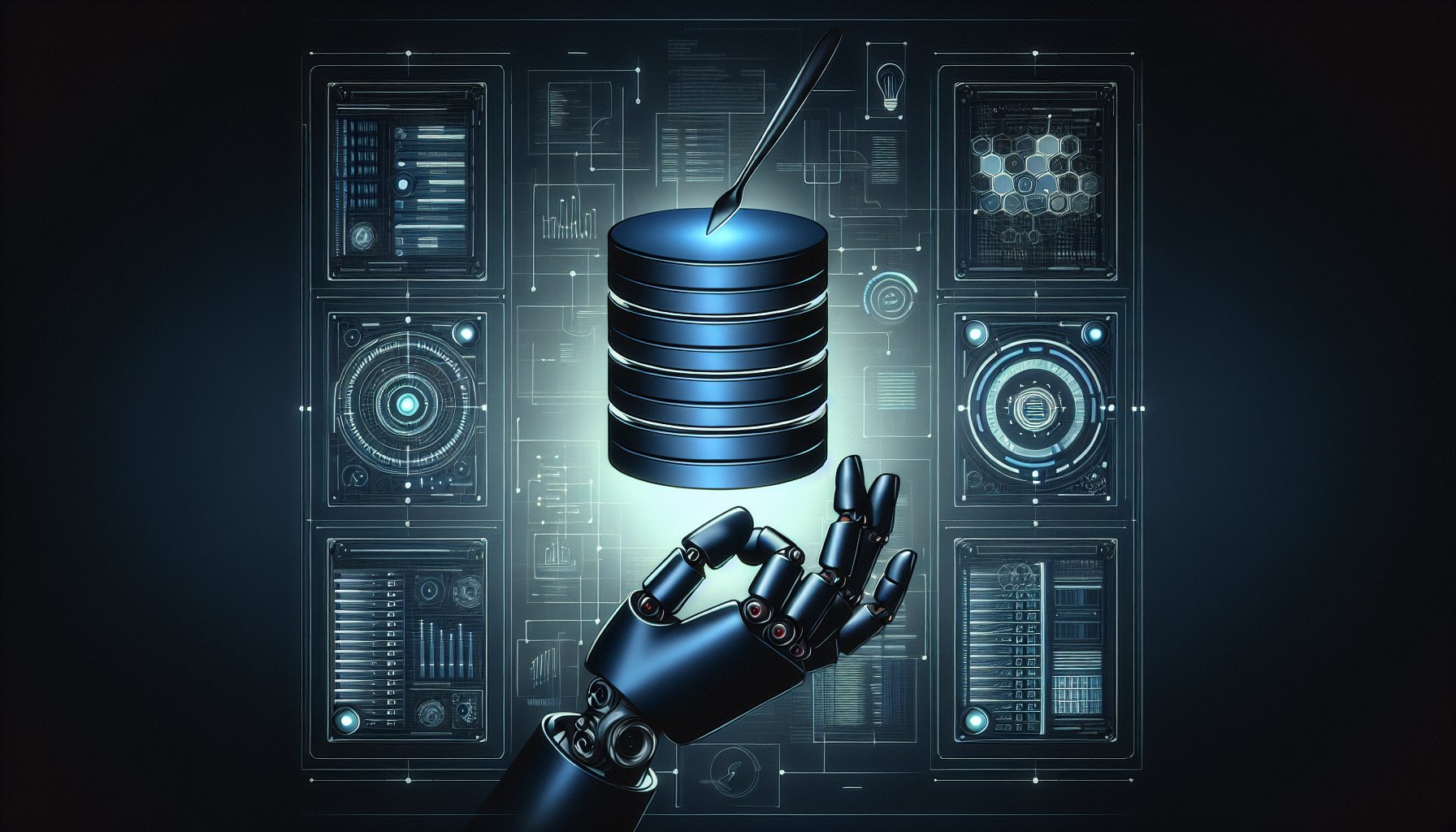Introduction
As we navigate the data-driven landscape of 2025, optimizing your database has never been more essential. From improving performance to ensuring data security, database optimization is the backbone of effective IT operations. This post will dive into the latest strategies for database optimization, spotlighting the role of AI, In-memory computing, Quantum computing, and other forward-thinking technologies.
Artificial Intelligence (AI) and Database Optimization
In 2025, AI has firmly established itself as a critical component of database optimization. AI-powered database management systems (DBMS) can automatically manage and optimize databases, reducing manual inputs and errors. For example, Oracle's Autonomous Database leverages machine learning to provide automated patching, upgrades, and tuning, resulting in a highly efficient, self-driving database.
Code Example:
// Example of an AI-optimized database using Oracle's Autonomous Database
CREATE PLUGGABLE DATABASE pdb1 ADMIN USER pdb1_admin IDENTIFIED BY password
DEFAULT TABLESPACE users
DATAFILE '/u02/oradata/pdb1/users01.dbf' SIZE 5G AUTOEXTEND ON;
In-memory Computing
In-memory computing has revolutionized database operations by storing data in the main memory instead of the disk, leading to faster access and improved performance. Systems like SAP HANA and Redis have transformed the way we handle large volumes of data.
Code Example:
// Example of an in-memory database using Redis
redis> SET key value
OK
redis> GET key
"value"
Quantum Computing and Databases
Quantum computing, although still in its developmental stages, promises to bring unprecedented speed and efficiency to database optimization. Quantum databases (QDBs), like Qbsolv, can handle complex, multidimensional data sets with greater precision and speed than traditional databases.
NoSQL and Cloud Databases
As the world moves towards more unstructured data, NoSQL databases have become increasingly essential. Coupled with the convenience of cloud databases, NoSQL offers a flexible, scalable solution for database optimization. Google's Cloud Bigtable is an excellent example of a NoSQL database optimized for massive scalability and high performance.
Code Example:
// Example of a NoSQL database using Google's Cloud Bigtable
const {Bigtable} = require('@google-cloud/bigtable');
const bigtable = new Bigtable();
const instance = bigtable.instance('my-instance');
const table = instance.table('my-table');
Conclusion
As we look towards the future, it's clear that database optimization will continue to be shaped by innovative technologies like AI, in-memory computing, and quantum computing. By staying abreast of these developments, developers and IT professionals can ensure they're leveraging the most efficient, cutting-edge strategies for their database operations.
Key Takeaways
- Embrace AI technologies for automated database management and optimization.
- Leverage in-memory computing for faster data access and improved performance.
- Explore the potential of quantum computing for handling complex, multidimensional data sets.
- Adopt NoSQL and cloud databases for flexible, scalable solutions.
